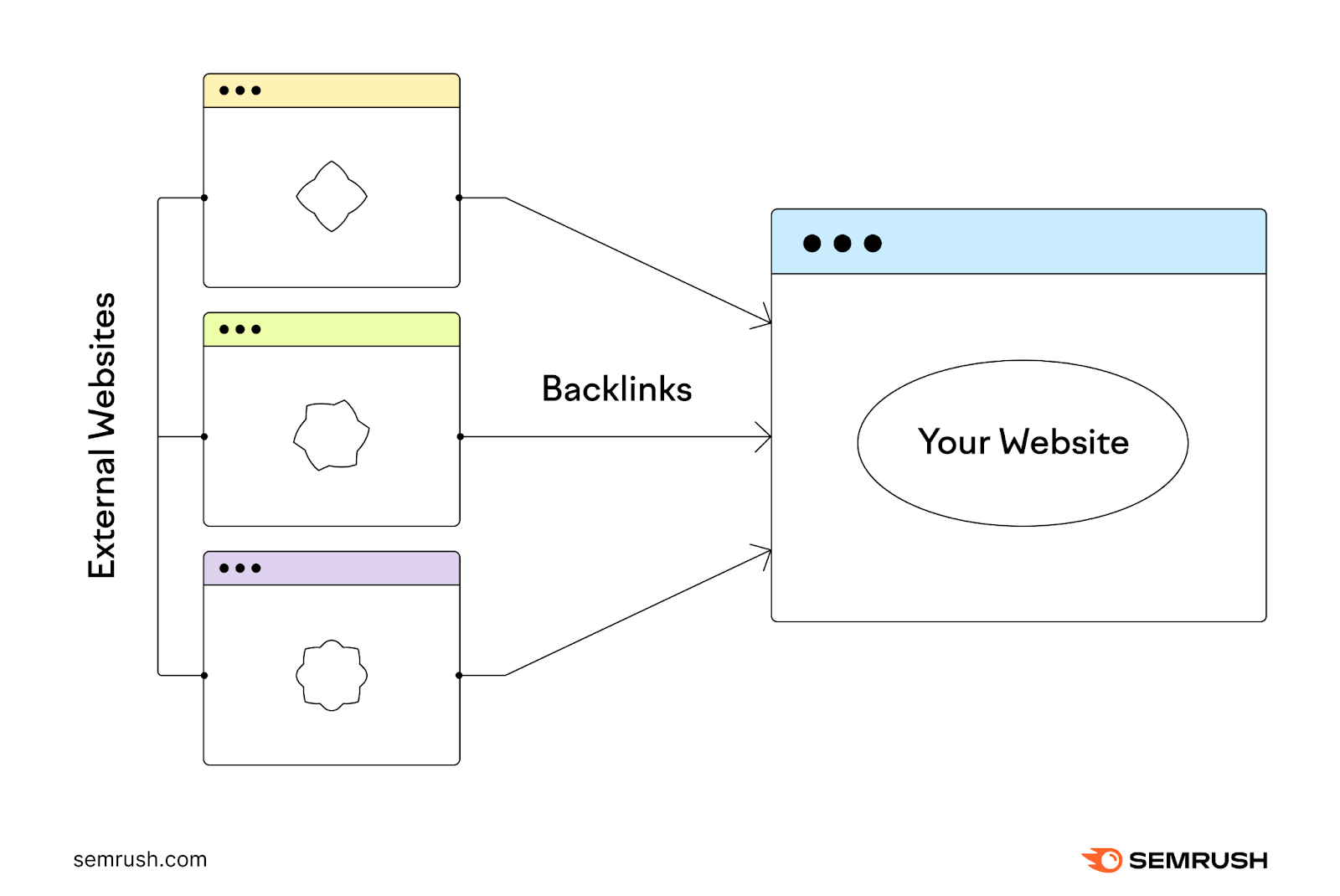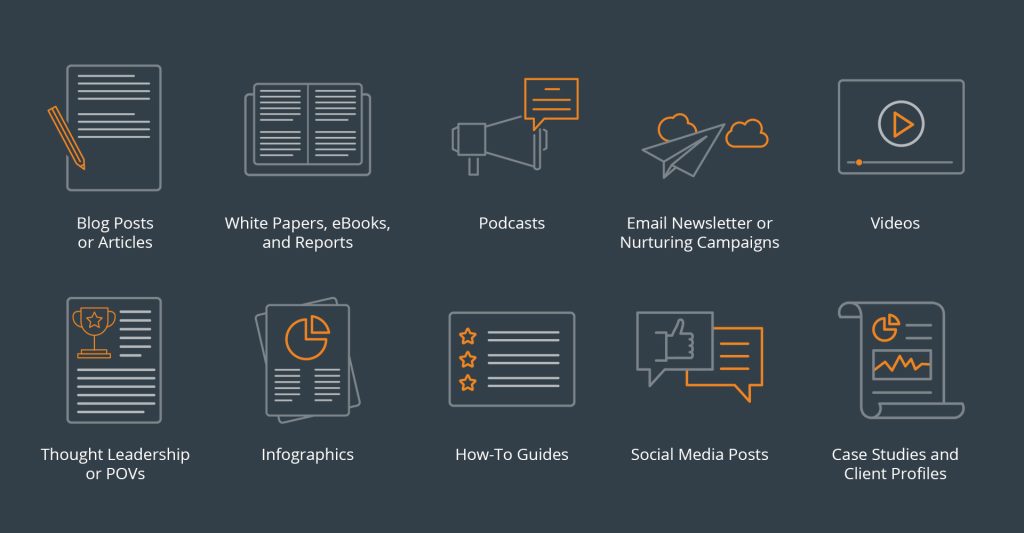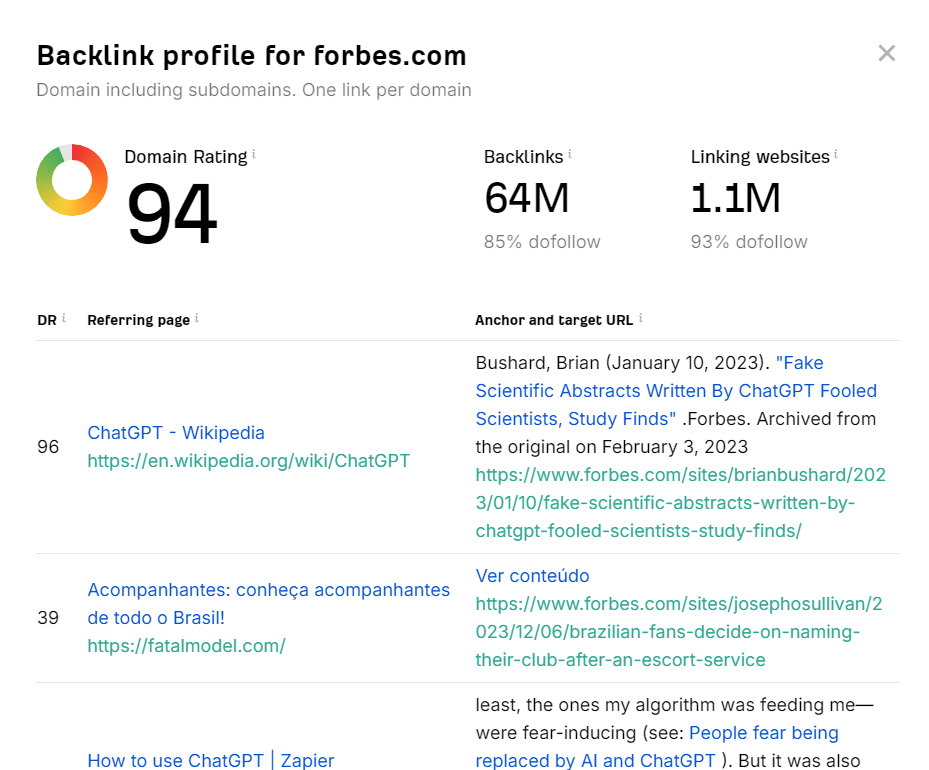This article provides a guide on implementing a successful media placement strategy. A successful media placement strategy can accelerate marketing efforts and provide a new lead funnel for your business. Yet, most companies cannot properly utilize media placements in marketing or advertising. If you are an entrepreneur or marketing professional, read this article to get started with your digital marketing strategy.
What are Media Placements?
Media placements are high-quality articles placed into credible media publications, usually through a broker or website owner. Marketers often use media placements to build credibility and authority with their target audiences. Today, many of these publications are online, such as websites, but in rare instances, they can be offline, such as magazines or newspapers. The idea stays the same: how can advertisers get PR and build credibility for their brand?
While companies do not own the media placements, the companies can use the placements to tap into publication credibility. For example, an article on Forbes.com provides more credibility than one posted on a usual company website. That is why many companies strive for a media placement in high-credibility publications or websites like Forbes. Both companies and customers alike see credibility and influence from big-name publications.
If utilized correctly, media placements can help you tap into large target audiences. A great media placement can also attract clients and businesses from your respective industry.
However, the media placement process does not stop at the media placement. We will later discuss the many-times ignored final step – a post-placement strategy. The media content is utilized as credible advertising in other market channels. Pay-per-click ads and social media advertising are two examples.
The First Thing To Know About Digital Media Placements
The first think you should know about digital media placements is they are not as easy you might think. Thousands of companies are competing for placements in publications. Companies usually begin pitching publications only to realize it is hard and time-consuming. Some agencies will pitch hundreds of publications to no avail. Media placements needs to benefit both the publication and company respectfully. It is an ad that should not feel like an ad.


6 Steps to Create a Successful Media Placement Strategy
It is important to understand how to create effective digital media placements. The wrong placement strategy can cost your marketing team time and money instead of creating leads and customers. below are six steps as part of a media placement process to follow to ensure your digital media placement strategy is successful:
Define your goals – Step 1
Think about your goals. Your goals should be specific, clear, relevant, and measurable. Do you want to drive traffic to your website? Or, do you want to increase search rankings on Google? Is lead generation important? Do you want a new client? What is ROI for you? Note, return on investment may not always be sales. Thinking about your goals will make creating digital media placements easier and more effective.
For example, a sock business might set the objective as ranking for keyword clusters related to socks. Then, set the goal to get x number of leads from the organic search traffic. Defining campaign objectives will help align the media placements with future outcomes.
Determine your budget – Step 2
After understanding your goals, learn more about how much budget your company can spend. Each company has their own budget. If your goals are not reasonable within your budget, you should re-evaluate your goals. Try to find a more reasonable target, where your budget and goal can work together in unison. Decide what you think a placement is worth.
If a low-budget startup company wants to get into a top-quality publication like TechCrunch.com, the company will find many barriers. Of course, some massive growth startup companies can be exceptions. However, without a big budget, the company may need to further evaluate the goal of getting media placements on TechCrunch.
Know your audience – Step 3
Once campaign objectives and budget is known, your company can start thinking about who to build a relationship with through media placements. Knowing your audience is a very important step of building a media placement strategy. A media placement should be aimed at a target market.
DMNEWs, a media leader in data marketing strategy, explains, “by conducting research in advance, and understanding who you are looking to market to, you stand a far greater chance of success on the first ask.”
Your audience can be many things. It could be an investor you are looking to impress. Or, it could be a distributor with access to your customer base.
Hone in on an audience, and start researching. Market research can include many action items. Learn more about the sites they visit online. Use tools to find keywords they search for. Brainstorm for messages that would resonate. Understand the pain points of your target audience. What are they thinking about? What questions do they ask about commonly?
Look further into the personality and demographics your target audience. Can you conduct personality tests to find the emotional state of the target audience? Can you find ways to utilize demographic targeting?
Finally, find out how your competition is effectively interacting with audiences. Knowing your audience will not only help you craft a valuable article for your audience but will also help you find publications that fit your audience.
Find credible, brand-aligned publications – Step 4
Find credible publications or websites that align with your target audience. You should consider the author of the content, the industry focus of the content, the domain authority of the website, and the brand focus of the publication.
When pitching a publication, you want the article to fit the brand of the publication. For example, Entrepreneur.com avoids publishing articles about general lifestyle posts because it would not fit their publication brand. An article, “Five Fun Things to Do on The Weekend,” would not be published in Entrepreneur.com. Find where the audiences and brands of the publication and your business align. Then, make a pitch for an article based on this alignment.
Create natural, value-adding placements – Step 5
Craft a natural article that adds value to the audience of the publication. Notice the main different rules of editorial and sponsored articles. While audiences can learn more about your company with sponsored placements, audiences can also perceive sponsored content as ‘fake’ and ‘paid.’ Media buying is a whole other topic to discuss in a future article.
While editorial content lacks as much company-related information as a sponsored article could provide, it can prevent the perception of the article being ‘paid’ or ‘fake.’ For this reason, audiences tend to trust editorial content more than sponsored content.


Our recommendation is to use editorial content with a small section that brings awareness your company. Take this example from a Forbes article discussing disruption in payment providers:
“The changes are everywhere. Digital currencies are becoming more of a reality than a dream, real-time payments and new financing solutions are emerging, and more data standard requirements continue to appear. Beyond cloud computing, technologies like 5G, contactless payments such as NFC, AI, and machine learning are maturing fast. (It’s one reason Google Cloud recently established a digital assets team, to help companies tackle another fast-changing area of finance.)”
Notice how Google Cloud added a small blurb about their own company and achievements. Google built trust by providing valuable insights to the Forbes audience, then used the trust to mention a recent development in Google. It is a value-adding ad.
Share your placement – Step 6
Once your article is published, your work is not over. After creating a valuable piece of content, you do not want to keep the content hidden. Share the article to your network on professional social media and existing audiences. You will not only demonstrate credibility and expertise, but you also should be helping others if your content is crafted right. This type of content should not feel like advertising or ads. You are advertising an idea of your business.
Social media is a great first step for sharing. Share the placement on your own social media pages and on your company page. Then, ask your coworkers to re-share the social media post for added reach. Your websites are the next best step for sharing the digital media placement. Many companies use “featured by” banners to tap into pub authority and highlight their placements from media buying. Email marketing is another great place for the placements. Mention your placements within sales documents, and try to highlight the value for your audience to read.
For example, if your placement is about “X Ways to Improve Customer Satisfaction,” then you want to target the particular audience that aligns with this – most likely, a sales manager or a customer service manager. For more advanced advertising, run targeted pay per click campaigns using market research and demographic targeting to show off the media placement to potential business online. Advertisers like Facebook will allow you to track the cost of ads and recommend relevant places to show media content. Facebook content ads is another way to describe this.
In summary, you are looking for ways to highlight your earned credibility and authority while also providing value to target audiences and utilizing reach with technology. The clients, customers, and leads will follow if the value and audience match.
The Quality vs. Quantity Debate
A big debate in the world of agencies is whether media placements are about quality or quantity. Quality means looking at publication credibility, authority, and traffic volume. Quantity means looking at the number of media placements going live.
We find that it is a balance.
From the standpoint of PR, high number of low-quality publications will do little for your brand authority. While it may be nice to say, “my company has media placements in 100 publications,” it doesn’t add as much value as saying, “my company was mentioned on The Today Show.”
From the standpoint of SEO, a high number of low-quality publications will actually negatively impact your SEO. Google is smart enough to see through ‘black-hat’ practices. That is not to say a high quantity of high-quality publications will not help your website. But, getting placed into every top publication is an unrealistic expectation though.
Finding a balance between the two is key. Quantity is good, but never sacrifice the credibility of a publication for quantity. Good site design does not always indicate publication quality. Use tools like Moz’s Keyword Extension to determine publication quality. From our research, a domain authority above a 50 is a good indicator of publication quality and credibility. Excellent domain authorities are 65 and above.


Why Use Digital Media Placements?
Digital media placements are a useful tool for companies growing into new audiences. If audiences have not heard of your product or company, media placements can build added trust and credibility to smooth the sales process. Good PR can also help startup companies secure future funding from investors and venture capital.
Many media placements also have significant SEO value if aimed at targeted, audience-focused keywords/phrases. Imagine getting organic monthly traffic to your website from ranking for high-volume search results. That is the end goal and dream of most digital marketers.
Whether it is with a focus on PR or SEO, media placements can boost the awareness and credibility of your company. Additionally, you can convert customers better with less marketing spend.
Enhancing Brand Visibility and Trust:
In today’s crowded digital landscape, standing out and gaining trust is crucial for businesses, especially those entering new markets. Digital media placements act as a beacon, guiding potential customers towards your brand. When a reputable media outlet features your product or company, it is a powerful endorsement. People tend to trust third-party endorsements more than traditional advertising. This increased trust can significantly smooth sales, especially for new or lesser-known businesses.
Navigating the Competitive Landscape:
In a highly competitive market, getting noticed can be a daunting task. Digital media placements provide a competitive edge. When your brand is featured in authoritative publications or websites, it sets you apart from competitors. It demonstrates that your company is noteworthy and deserving of attention. This distinction can attract customers who might have otherwise chosen a competitor.
Building Credibility for Startups:
For startups seeking investment, credibility is paramount. Media placements can be instrumental in securing future funding from investors and venture capital firms. Positive media coverage validates your business concept and potential for growth, making it more appealing to potential backers. It showcases that your startup is not just a fleeting idea but a promising venture with real potential.
SEO Benefits for Sustainable Growth:
Digital media placements, when strategically executed, can also yield substantial SEO benefits. You can improve your website’s search engine rankings by targeting audience-focused keywords and phrases. This leads to organic monthly traffic, which is the holy grail of digital marketing. As your website ranks higher for relevant search results, it becomes more discoverable to a wider audience, driving consistent and cost-effective traffic.
Cost-Efficient Marketing:
Compared to traditional advertising, media placements can be a cost-efficient marketing strategy. While traditional advertising often requires substantial financial investment, media placements can provide significant exposure without the same budgetary constraints. The value of earned media often exceeds paid advertising because of the trust it garners from audiences.
In conclusion, digital media placements offer a multifaceted advantage for businesses. They boost brand visibility, trust, and credibility and facilitate efficient SEO-driven growth. For startups, they can be a stepping stone to securing essential funding. When approached strategically, media placements are a valuable tool in a company’s marketing arsenal, contributing to long-term success and sustainable growth.
Frequently Asked Questions (FAQ)
What is the difference between editorial and sponsored media placements?
Editorial media placements are earned through crafting valuable, relevant content that aligns with a publication’s audience. Sponsored placements are paid opportunities that give you more control over the content but may be perceived as less authentic by readers.
How long does it typically take to secure a media placement?
The timeline can vary significantly depending on the publication and your approach. Building relationships with journalists and crafting well-aligned pitches can help expedite the process. On average, it can take several weeks to a few months to secure a placement.
How much do media placements cost?
The cost of media placements can range from free (for earned editorial placements) to several thousand dollars for sponsored placements in high-profile publications. Your budget should align with your goals and the authority of your target publications.
How do I measure the success of my media placements?
Key metrics to track include referral traffic to your website, social shares and engagement, leads or sales generated, and improvements in search rankings for targeted keywords. Use UTM tracking codes and analytics tools to measure the impact of each placement.
Can I repurpose my media placements for other marketing channels?
Yes! Amplify the reach and impact of your media placements by sharing them on social media, featuring them on your website, including them in email marketing, and even using them in sales collateral. This extends the value of each placement.
How many media placements do I need to see results?
While there’s no magic number, consistency is key. Aim to secure regular placements in authoritative publications over time, rather than a one-off placement. This builds momentum and compounds the benefits for your brand.
Do I need to hire a PR firm or agency to secure media placements?
While you can pursue media placements independently, partnering with an experienced agency can save you time, leverage established relationships, and provide a more strategic approach. Evaluate your internal resources and expertise to determine the best path forward.
Looking for Digital Media Placements?
This article was written by Adogy, a Digital PR and SEO firm specializing in digital media placements. Our team of SEO and brand marketing experts can build your digital media placement strategy and place your company in valuable publications. Schedule a call with us and learn how we can help advocate for your brand.
Related Post: How to Get Featured in a Magazine
*Originally published March 2, 2023



